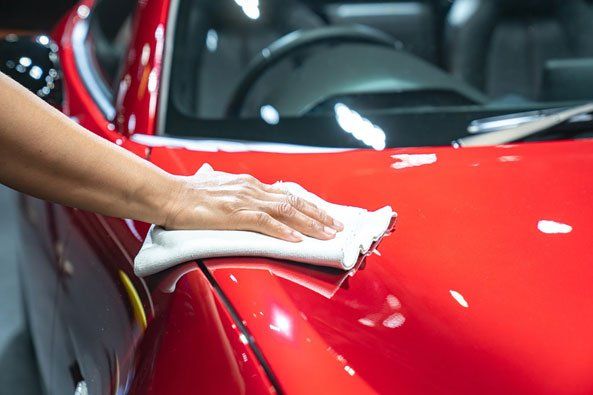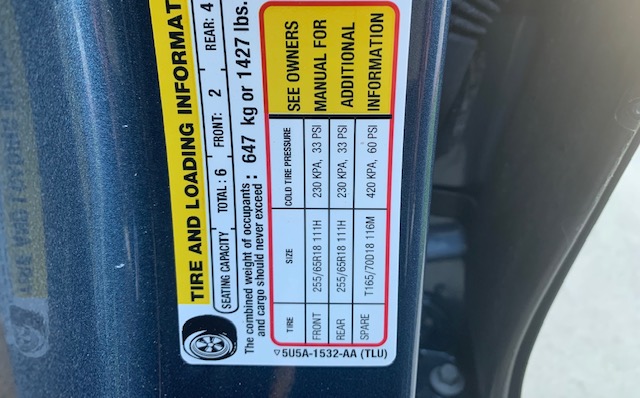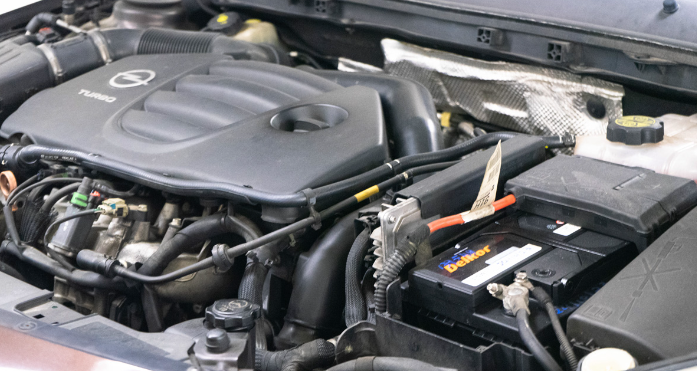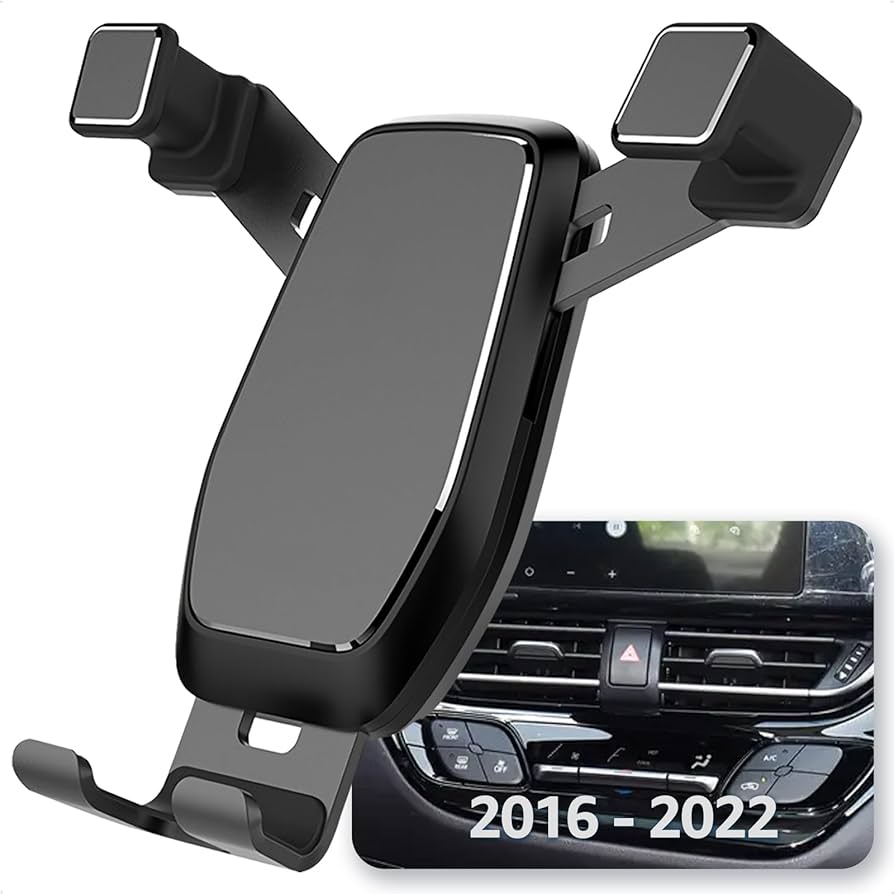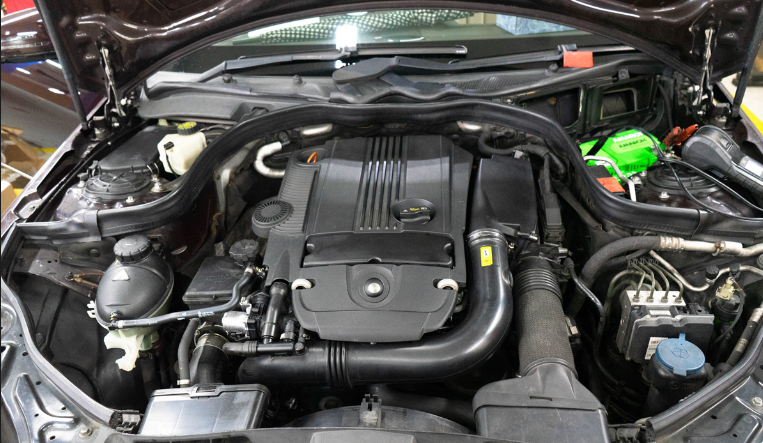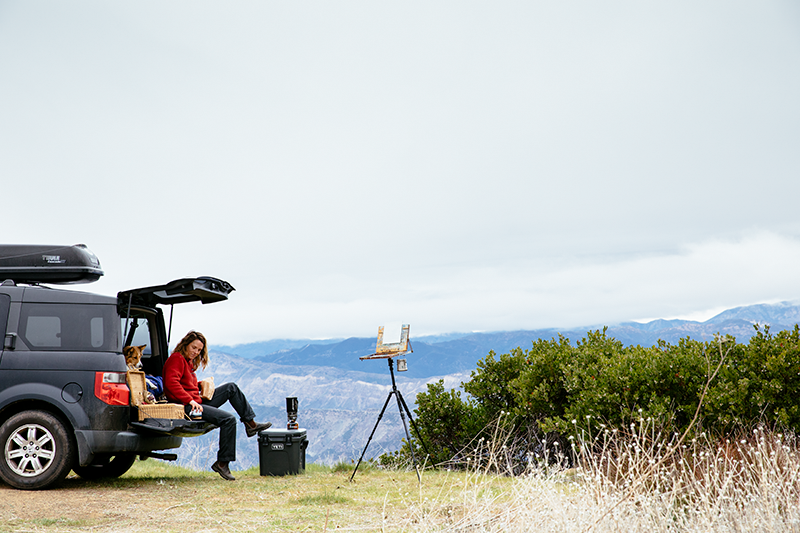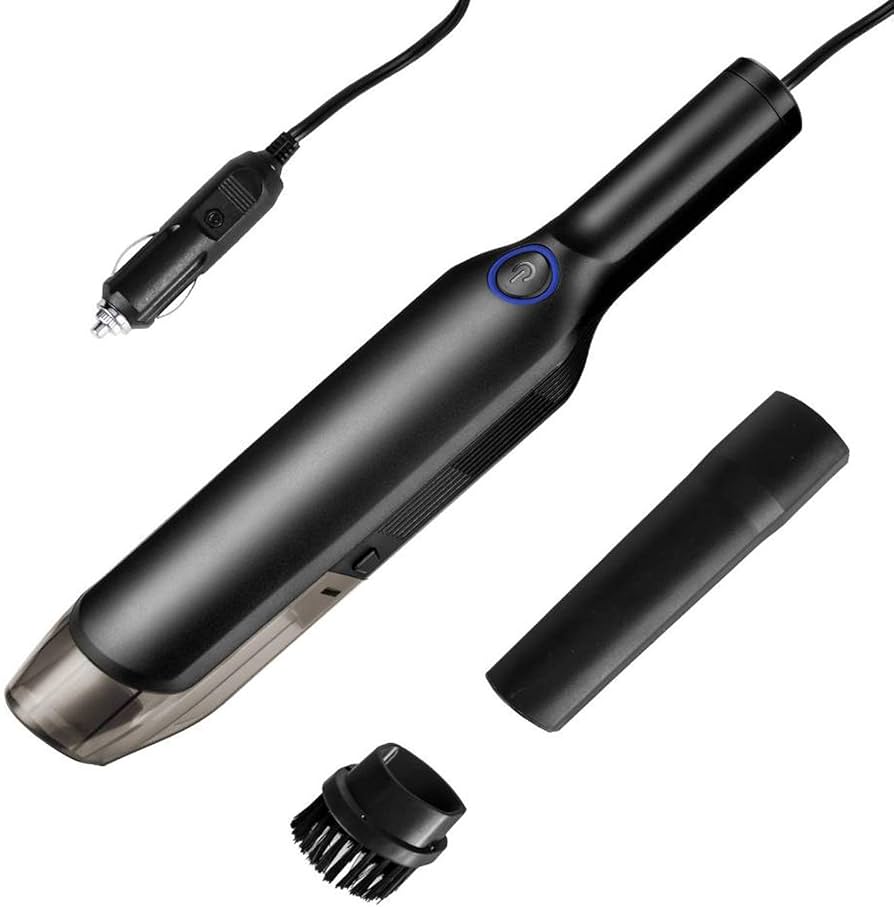To ensure effective police investigations in the face of rising car theft cases, it is crucial to understand the process of investigating a stolen car.
In this post, we will discuss the importance of comprehending this process and highlight the need for efficient police response.
The rise in car theft cases and the need for effective police investigations
Car theft is on the rise, and police must be effective in their investigations to combat this problem. Current methods of investigation are no longer enough.
Advanced technology such as GPS tracking devices and license plate recognition systems must be used.
Collaboration between law enforcement agencies is key to tracking down car thieves. Sharing information and coordinating efforts will help identify and apprehend suspects.
In addition, citizens should be informed about car theft prevention measures. Educating the community can create a united front to end this crime epidemic.
By taking proactive steps with new technologies and collaboration, police can make progress in reducing car theft and keeping the public safe.
Let’s unravel the secrets of investigating a stolen car – Sherlock Holmes ain’t got nothing on us!
Importance of understanding the process of investigating a stolen car
Comprehending the investigation of a stolen car is key for successful recovery and finding the culprits.
It includes gathering evidence, analyzing data and partnering with law enforcement. Knowing this allows people to help investigators and increase chances of getting their car back.
The initial steps are important: filing a police report, providing details about the car and giving any leads or suspects. This info helps authorities act quicker and have a better chance of locating the car.
The more you know, the more you can help surveillance efforts. Spotting suspicious activities related to stolen cars can really help in recovering them.
Citizens can be an asset in the fight against auto theft by staying alert and sharing relevant info with the police.
Understanding the investigation process also helps car owners remain patient. It involves complicated procedures and many agencies working together.
Those who get this can have faith that competent investigators are doing their best to find the car.
Let me give an example of how understanding the process makes a difference. John’s car was stolen while grocery shopping. He reported it and researched the investigative methods.
Later, he saw his exact model advertised on a second-hand website. With his attentiveness and knowledge about stolen car investigations, the police swiftly located it and got it back.
Initial Response and Documentation
To efficiently handle the case of a stolen car in 2023, the initial response and documentation process are crucial. The police take immediate steps upon receiving a report of a stolen car.
They gather relevant information from the car owner and witnesses and collect and document physical evidence from the crime scene.
Immediate steps taken by the police upon receiving a report of a stolen car
When a car theft was reported, the police stepped up with urgency. They had a three-step plan: acknowledge and verify, dispatch patrol units, and document and investigate.
Certain cases may need special procedures. The police prioritize working with other agencies to recover cars quickly.
In one bustling city, a car was stolen near a shopping mall. The police acted fast.
Minutes later, patrol units were on the lookout while officers back at headquarters wrote down details and analyzed camera footage.
The search paid off! Patrol units found a car matching the description several blocks away. They apprehended two thieves, recovered the car, and prevented more loss.
This example shows how effective coordination between law enforcement and prompt action can bring great results in car theft cases.
Gathering relevant information from the car owner and witnesses
- To get relevant info from car owners and witnesses, use professionalism and efficiency. This ensures accurate documentation and understanding of the incident.
- Introduce yourself and explain your role, making individuals feel comfortable.
- Ask open-ended questions to get info on the accident – location, time, weather conditions, etc.
- Document personal details such as names, contact info, and addresses.
- Request supporting evidence like photos and videos.
- Maintain a formal tone while remaining informative.
- Ask targeted questions to get a comprehensive record.
A key case example is when a witness noticed traffic signal malfunction at the time of the incident.
This crucial detail impacted further actions taken in resolving the case quickly. Collect evidence like it’s a twisted game of hide and seek!
Collecting and documenting physical evidence from the crime scene
Survey the Scene
Gaze carefully at the crime scene and spot any areas that may hold physical evidence. Notice the minute details and log any observations or leads.
Secure the Area
Build a boundary around the area to prevent unwanted people and contamination of clues. Only let in authorized personnel wearing protective gear.
Preliminary Documentation
Before collecting any evidence, take many pictures and draw sketches of the surroundings. These records will be helpful for analysis and court.
Evidence Collection
Start by collecting delicate evidence such as fingerprints, blood, or footprints.
Use the right tools like sterile swabs, tweezers, or gloves to avoid cross-contamination. Handle the items carefully and place them in containers.
Labeling and Packaging
Label each piece of evidence with its source (date, location, case number). Select the right packaging material based on the item to protect it.
Chain of Custody
Keep track of everyone who handles the evidence. This secures accountability and integrity in court.
Every crime scene is unique and requires particular protocols for documentation. Correct collection is imperative to get precise results.
An interesting example of this is from early 20th century. In the Bruno Hauptmann trial, a homemade ladder and ransom cash were crucial pieces of evidence.
This case showed us the significance of properly documenting and preserving physical evidence.
Technology has made it easier for investigators to solve crimes. However, it can’t help them find their car keys!
Utilizing Technology in Investigations
To ensure a comprehensive investigation of stolen cars in 2023, police are relying on advanced technology. This includes tools and methods that enhance their capabilities in car theft investigations.
They make use of surveillance footage, and information from automated license plate readers, and employ GPS tracking and software to efficiently locate and recover stolen vehicles.
Advanced technological tools and methods used by police in car theft investigations
Tech is evolving and police use of it for car theft investigations is growing.
Automated License Plate Recognition (ALPR) systems use cameras on patrol vehicles or fixed locations to capture license plate images. These are then compared to the database of stolen cars, helping police to quickly identify and locate them.
GPS tracking devices are also used. By discreetly installing these or using factory-installed systems like OnStar, law enforcement can track cars in real time. This tech has been proven effective in recovering stolen vehicles and catching thieves.
Forensic analysis is a major part of car theft investigations. Advanced forensic tools help police collect and analyze evidence. DNA samples, fingerprints, and other trace evidence can be processed using cutting-edge techniques to help identify suspects.
Law enforcement must stay updated with advancements in technology. Regular training on new tools and techniques will ensure officers are prepared for this ever-evolving challenge.
Analysis of surveillance footage and information from automated license plate readers
Surveillance footage and automated license plate readers are crucial for investigations. Analyzing this data can reveal valuable insights and identify possible leads.
Time stamps, license plates, vehicle types, and locations are all important aspects to consider.
Time stamps help investigators with the timeline of events. License plates help identify vehicles involved in a crime. Vehicle types can provide clues about the people behind suspicious behavior.
And, knowing the locations of activities is key for understanding patterns and planning responses.
Unique details from the footage, such as color, make model of vehicles, physical characteristics of people, or weather conditions, also contribute.
Each detail is like a puzzle piece, helping form a complete picture of events.
The Journal of Investigative Techniques reported how the analysis of surveillance footage and license plate readers solved multiple cases of organized crime.
Hours of footage and data cross-referencing helped law enforcement stop criminal activities and apprehend individuals.
These tools are vital for investigators, and technology continues to improve them. With better technology, more evidence can be found.
Utilizing GPS tracking and software to locate and recover stolen cars
GPS tracking and software have transformed the way stolen cars are located and recovered. With these cutting-edge tools, law enforcement and investigators can quickly locate vehicles. Benefits include:
- Real-time Tracking: GPS systems help precisely find stolen cars, letting authorities track movements in real time.
- Faster Recovery: Sophisticated software can analyze data from GPS devices, pinpoint patterns and hotspots to speed up recovery.
- Enhanced Investigation: GPS tracking and software give valuable info like speed, direction and historical data to aid investigation.
- Collaboration: Law enforcement can share GPS data with other departments or jurisdictions, aiding in vehicle recovery.
- Deterrence Effect: GPS tracking devices visibly act as a deterrent for car thieves, reducing thefts.
- Court Evidence: GPS tracking data can serve as evidence in court, strengthening the case and leading to convictions.
GPS tracking and software also offer a few unique benefits.
For instance, some systems can be covertly installed on vehicles, giving continuous monitoring options.
Plus, they can be integrated with security features like remote immobilization, letting authorities remotely disable a car.
To get the most out of GPS tracking and software, here’s what to do:
- Training: Give comprehensive training programs to law enforcement on operating and analyzing GPS tracking systems.
- Data Security: Put in place strong security measures to protect GPS tracking data, preventing unauthorized access.
- Collaboration Networks: Build networks or platforms where law enforcement can easily share and access GPS tracking info.
- Public Awareness: Educate the public on the benefits of GPS tracking technology in deterring car theft, and emphasize the importance of reporting stolen vehicles promptly.
These suggestions will help law enforcement make the most of GPS tracking and software. As tech advances, these tools will remain pivotal in recovering stolen cars and bringing car thieves to justice.
Collaborating with Other Agencies and Departments
To effectively investigate a stolen car in 2023, collaborate with other agencies and departments. Understand the importance of interagency cooperation in investigating stolen cars.
Work with forensic experts and specialists to analyze evidence. Coordinate efforts with insurance companies and car manufacturers.
The importance of interagency cooperation in investigating stolen cars
Investigating stolen cars requires interagency cooperation. Sharing info and resources helps solve cases faster.
Many entities, like law enforcement agencies, insurance companies, and other relevant departments can join forces and combine their expertise and resources.
This allows for a broader view of investigations and access to more evidence. Plus, it facilitates communication and coordination among multiple entities.
An example of interagency cooperation is Operation Wheels Unite. Local police departments partnered with federal law enforcement and insurance investigators to take down a car theft network.
By combining their resources, they were able to piece together intricate details. The collaborative effort led to arrests and recovery of multiple vehicles.
It demonstrated how interagency cooperation can be a great success in tackling car theft.
Working with forensic experts and specialists to analyze evidence
It’s essential to collaborate with forensic experts and specialists for examining evidence in an effective and efficient way.
Working together between agencies and departments can really boost the investigation process.
Here are 5 key points to keep in mind when working with forensic specialists:
- Set up crystal clear communication paths to guarantee effective cooperation.
- Furnish relevant data and materials to forensic experts as soon as possible.
- Offer them access to required resources and places for doing their research.
- Encourage knowledge-sharing and brainstorming to get worthwhile insights from the experts.
- Regularly review progress and give feedback to make sure it abides by investigation intentions.
It’s important to remember that working with forensic experts is not simply about sharing info. It involves active involvement, open-mindedness, and flexibility in incorporating their discoveries into the overall inquiry.
When cooperating with forensic professionals, it’s vital to build a trustful and respectful atmosphere.
This will promote transparency, open dialogue, and joint problem-solving. With their specialized skills, their input can really up our understanding of the evidence.
To show the importance of joining forces with forensic experts, let’s talk about a real case.
Law enforcement agencies partnered with forensic specialists to analyze DNA evidence found at the crime scene. Through their brilliance, the criminal was identified and convicted, bringing justice to the victims and closure for their families.
By recognizing the importance of working together between agencies and departments, we can use the collective knowledge and expertise needed to analyze evidence accurately.
The partnership between investigators and forensic experts is vital in ensuring correct interpretations of evidence, leading us closer to the truth and justice.
Coordinating with insurance companies and car manufacturers can be like trying to teach a fish to ride a bike – a tricky undertaking.
Coordinating efforts with insurance companies and car manufacturers
Partnering with insurance firms promotes a deeper comprehension of risk factors connected to different types of cars and accidents.
Working with car manufacturers facilitates the sharing of technical info related to vehicle safety features and performance.
Coordinating with insurers helps generate complete insurance plans that keep up with automotive tech advancements. Colleagues exchanging data and research findings help up safety standards in the sector.
Ensuring conversations between all stakeholders helps settle issues quickly and efficiently execute strategies.
It’s essential to stay on top of industry trends and developments. By partnering with insurance companies and car makers, departments can effectively tackle emerging problems and make wise decisions.
Tracking the Criminals and Recovery of Stolen Cars
To track the criminals and recover stolen cars, dive into the techniques used.
Trace the trail of the stolen car through investigative methods, identify potential suspects and their modus operandi, and implement proactive measures to prevent future car theft incidents and increase recovery rates.
Tracing the trail of the stolen car through investigative techniques
Experts and strategic methods are used to trace stolen cars. Investigators use tech, such as GPS tracking devices, to monitor the movement of the car in real time.
Data from the devices is analyzed to find patterns and potential hiding spots.
Traditional investigative techniques are also used.
These include gathering info from witnesses or informants who may have seen or heard something related to the theft. This info is pieced together to create a timeline.
Collaboration with law enforcement agencies is key. Info is shared and efforts are coordinated to locate and apprehend criminals. This effort increases the chances of recovery and dismantles criminal networks.
Time is key. Owners should report thefts immediately. This provides investigators with critical info that can aid their efforts.
Identification of potential suspects and their modus operandi
Identifying suspects and their ways is key to finding stolen cars. By examining their habits, law enforcement can nab the bad guys and lower future incidents.
- Surveillance footage: Closely watching CCTV can provide clues about the crook’s identity. This includes noting any special clothes, features or vehicles.
- Forensic evidence: Collecting and studying evidence at the crime scene can link suspects to the car. Fingerprints, DNA, or tire tracks are usually gathered.
- Investigating gangs: Police try to take down criminal gangs involved in car thefts. By infiltrating these groups, cops can learn their methods, like which cars they target or where.
- Data analysis: Complex data analysis reveals patterns and trends in thefts. This includes timing, locations, and preferred stealing methods.
- Tips from the public: Encouraging citizens to report suspicious activity or use anonymous tip lines can help catch suspects. The public can help solve cases and get cars back.
Modern technologies like facial recognition or AI can help find new details and suspects. To help owners and be safe, we should be alert and report any suspicious activity.
By reporting to the police or hotlines, we can help catch car thieves and make our communities safer.
So car thieves, watch out – we’ll be on you before you can say ‘Where’s my ride?’.
Proactive measures to prevent future car theft incidents and increase recovery rates
To prevent car theft and raise recovery rates, proactive measures are key. This involves reducing vulnerabilities and boosting the possibility of getting stolen vehicles back.
- Improving Security Systems: Installing advanced security systems in cars can help. Such as GPS tracking devices, immobilizers, and remote-controlled alarms. These deter theft and permit real-time tracking and fast recovery attempts.
- Spreading Public Knowledge: Educating people on typical car theft techniques and preventive steps is important. Campaigns that focus on careful parking, locking up, and securing valuables can significantly reduce car theft.
- Enhancing Law Enforcement: Collaborating with law enforcement to improve their car theft handling skills is essential. This includes providing them with databases, surveillance tech, and task forces for investigating car crimes.
Also, linking insurance companies can be useful when it comes to sharing details about stolen cars across borders. This collective action raises the chances of finding stolen cars and recovering them quickly.
For further prevention:
- Involving Communities: Involving communities in neighborhood watch programs and promoting safety in residential areas adds another layer of protection.
- Strengthening Punishments: Harsher punishments for car theft act as a deterrent and send a clear message that car theft will be met with serious consequences.
- Investing in R&D: Investing in research to create anti-theft techs can help stay ahead of criminal strategies.
By adopting these measures, car thieves face more difficulty, while owners can relax knowing comprehensive measures are in place to prevent car theft and boost recovery rates.
Legal Proceedings and Prosecution
To ensure the legal prosecution of car thieves in 2023, dive into the world of legal proceedings and prosecution.
Discover an overview of the steps involved in prosecuting car thieves, the challenges in gathering admissible evidence and building a strong case, and the importance of collaborating with prosecutors for successful conviction and sentencing.
Overview of legal steps involved in prosecuting car thieves
Car theft is a serious crime that should be punished with legal proceedings. Here’s a guide on the legal steps for prosecuting car thieves:
- Investigate: Gather evidence against the thieves. Examine CCTV footage, collect fingerprints, and interview witnesses. Establish a solid case.
- Arrest: Apprehend the suspects. Explain their rights and take them into custody.
- Charge: Determine appropriate charges based on the evidence and applicable laws.
- Trial: Present arguments before a judge/jury. Prove beyond reasonable doubt that the defendants committed car theft.
Investigators must work hard in every step of the process for a fair trial and rightful punishment. Ways to be effective with prosecution:
- Cooperation between law enforcement agencies, prosecutors, and other relevant parties.
- Establish specialized units within law enforcement agencies for investigating auto theft.
- Educate the public about auto theft prevention.
By following these suggestions, legal authorities can make the prosecution of car thieves more successful and protect the community.
It can be difficult to gather enough evidence and build a strong case, but sometimes miracles happen!
Challenges in gathering admissible evidence and building a strong case
A daunting task is, to gather admissible evidence and build a strong case for legal proceedings. Uncovering concrete proof that stands in court and constructing a compelling narrative to persuade the jury, is a challenge.
First, investigators must sift through testimonies, documents and digital data. Seeking pieces that are relevant and reliable, and ensuring each element meets court standards.
Then, they must frame the evidence within a coherent narrative. Facts alone are not enough; a good litigator must tell a powerful story to capture the attention of judge and jury.
Additional struggles come with reluctant witnesses, complex forensic analysis, and strict evidentiary rules. These can delay or weaken the case before it even reaches trial.
Skillful strategizing and careful planning are needed to navigate these challenges.
Collaboration between legal teams and investigators is essential for efficient data management, and exploring alternative sources beyond traditional investigative techniques is imperative.
Collaborating with prosecutors to ensure successful conviction and sentencing
Collaborating with prosecutors is key to a successful conviction and proper sentencing. Let’s take a look at why:
- Crafting a strong case: Working with prosecutors helps attorneys get evidence and present to court.
- Knowledge and advice: Prosecutors know the legal system well, giving lawyers info about conviction and sentencing options.
- Negotiating agreements: Collaborating lets lawyers have meaningful talks with prosecutors, which can lead to pleas that benefit their clients.
- Fairness: Both sides working together makes sure all facts are considered, and everyone gets a fair outcome.
- Building trust: This approach makes trust between defense attorneys and prosecutors, allowing communication and resolving problems.
- Good trial presentation: By partnering with prosecutors, defense attorneys can better prepare their case and increase chances of success.
It’s essential to remember that each collaboration is different and should be handled appropriately for the client’s best interests. So, let’s make use of this helpful collaboration.
It will give us a great understanding of legal matters and better outcomes for our clients. Get in touch with us now!
Final thoughts
To summarize, the conclusion of this article on how police investigate a stolen car in 2023 includes a recap of key points, highlights the importance of public awareness and cooperation in combating car theft, and looks ahead to future advancements in car theft investigation techniques.
Recap of the key points discussed in the article
We explored how tech impacts daily life. It’s changed industries and communication.
We looked at the pros and cons of working from home, such as flexibility without the commute, but also work-life balance and productivity.
We also discussed the importance of cyber security in our digital world, and the need to protect sensitive data.
We highlighted how these topics link and shape our present. To steer this ever-changing landscape with confidence, we must accept tech innovations, while acknowledging the risks.
It’s also essential to recognize the power of collaboration and adaptability. Being able to learn new tech and skills is key to success in many professional fields.
Let’s not forget the role of human innovation and resilience in progress.
For example, during the Industrial Revolution, inventors such as Thomas Edison made groundbreaking inventions like electric light bulbs.
This changed society and laid the foundation for future inventions that still shape our lives today.
It takes a community to keep cars safe. Therefore, it’s important to raise awareness and join forces to prevent car theft.
Forming a neighborhood watch group is a great way to do so, and it’s a fantastic way to bond.
Importance of public awareness and cooperation in combating car theft
Public awareness and cooperation are essential to fight the alarming issue of car theft. With countless cases, it’s vital for individuals to be aware and alert to protect their vehicles and battle this crime.
To promote awareness, people must learn about strategies used by thieves, and use security tools like steering wheel locks or GPS trackers.
Raising awareness through community programs or social media can inform citizens about recent trends and methods used by thieves, so they can stay ahead.
Cooperation is equally important. By creating a sense of unity in communities, individuals become proactive in reporting suspicious activities or sharing car theft info.
Enhancing communication between law enforcement and citizens can help locate stolen vehicles faster.
Also, forming neighborhood watch groups can create a strong network, and deter potential offenders.
A prime example of public awareness and cooperation is a community that joined forces to address car theft. They organized meetings, provided educational resources on vehicle security, and set up a hotline for reports.
This collective effort not only secured individual vehicles but also showed potential criminals that the community stood together against their actions.
Looking ahead to future advancements in car theft investigation techniques
Car theft investigations are evolving! Technology, like Artificial Intelligence, Machine Learning and Biometric Identification, is revolutionizing the field.
These advancements enable investigators to access data and recognize patterns quickly.
Also, Predictive Modeling Algorithms will allow for efficient resource allocation. Geolocation Tracking Systems will also aid in apprehending criminals before they can escape or discard vehicles.
Despite all this, human expertise remains essential in solving complex cases. Interpol estimates that a million vehicles are stolen each year around the world.





